Advancements in Dynamic Well Control: Revolutionizing Oil and Gas Drilling Safety
Traditionally, well control has relied on established techniques to manage downhole pressure, but as drilling environments become more complex and the stakes grow higher, new methods like dynamic well control are emerging to provide enhanced protection. This article explores the advancements in dynamic well control, which are revolutionizing drilling safety and transforming how companies approach risk management in the field.
Traditional Well Control Methods and Their Limitations
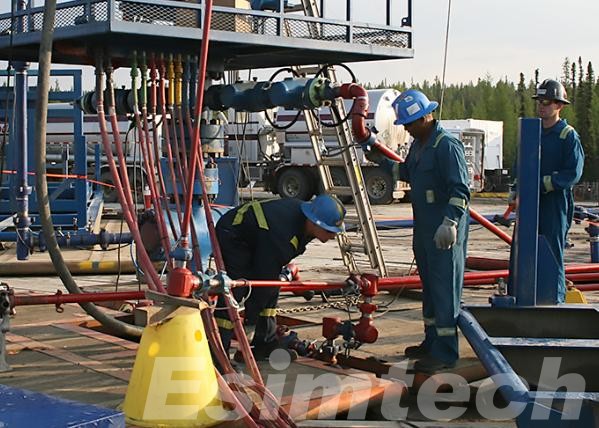
Traditional well control methods have long been the foundation of maintaining safety during oil and gas drilling operations. These methods primarily focus on controlling wellbore pressure to prevent the uncontrolled release of hydrocarbons, often referred to as a blowout. Key traditional techniques include:
- Primary Well Control: This involves maintaining the hydrostatic pressure of the drilling mud at a level higher than the formation pressure. By doing so, it prevents reservoir fluids from entering the wellbore.
- Secondary Well Control: If the primary method fails and a pressure “kick” occurs, blowout preventers (BOPs) are activated. These are large mechanical devices designed to seal the wellbore and stop the flow of fluids.
- Tertiary Well Control: In worst-case scenarios where both primary and secondary measures fail, additional emergency strategies, such as capping the well or drilling a relief well, are used to regain control.
While these techniques have been widely effective, they are not without limitations, especially as drilling operations have become more complex.
- Traditional methods are largely reactive—the system intervenes only after an issue is detected, such as a kick or unexpected pressure surge. This often means that by the time corrective actions are taken, well conditions may have already escalated, increasing the risk of a blowout.
- Another key limitation is the dependence on human intervention. Operators must monitor well conditions and manually engage control mechanisms like BOPs, which introduces the possibility of human error or delays, especially under high-pressure, time-sensitive situations.
- Additionally, as drilling extends into deeper, high-pressure, and high-temperature (HPHT) environments, traditional well control methods can struggle to provide real-time adaptability to rapidly changing well conditions.
These limitations underscore the need for more advanced, proactive well control solutions, which has led to the development of dynamic well control technology.
Evolution of Dynamic Well Control Technology
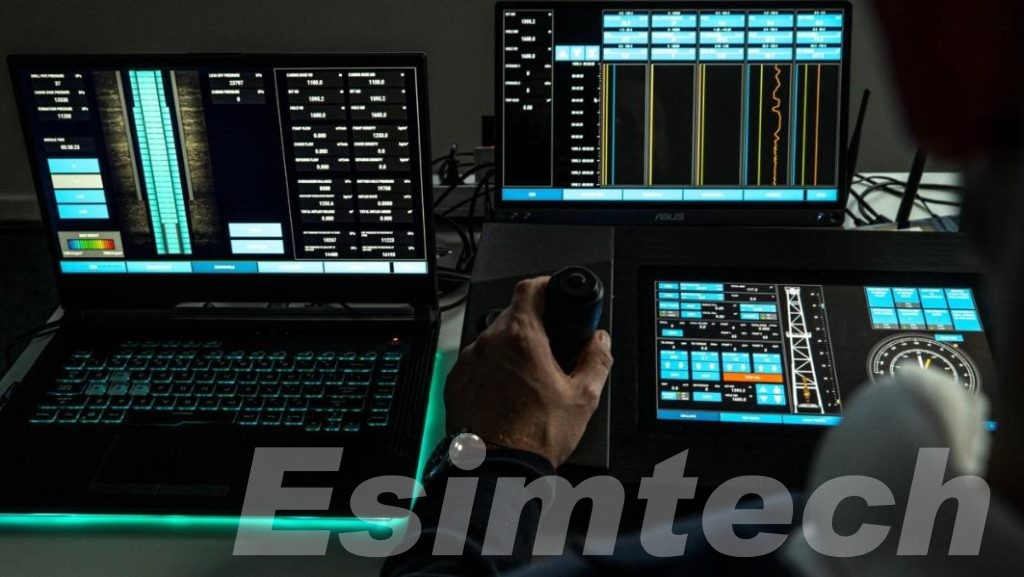
Dynamic well control represents a paradigm shift in how pressure management and well control are handled, especially in challenging drilling environments. Unlike traditional methods that are often reactive, dynamic well control focuses on proactive, real-time management of well conditions.
What is Dynamic Well Control in Oil and Gas?
Dynamic well control is an advanced method of continuously monitoring and managing wellbore conditions, such as pressure and flow, during drilling. It leverages real-time data from downhole sensors and automated systems to maintain well control more effectively than traditional methods, which often rely on human intervention and mechanical barriers.
In dynamic well control, data is constantly collected from the wellbore and analyzed by sophisticated software systems. These systems detect even the smallest changes in pressure or flow rates, enabling immediate adjustments to drilling operations. If necessary, dynamic control systems can autonomously modify mud density, adjust choke settings, or manage wellbore pressure, preventing potentially dangerous situations like kicks or blowouts.
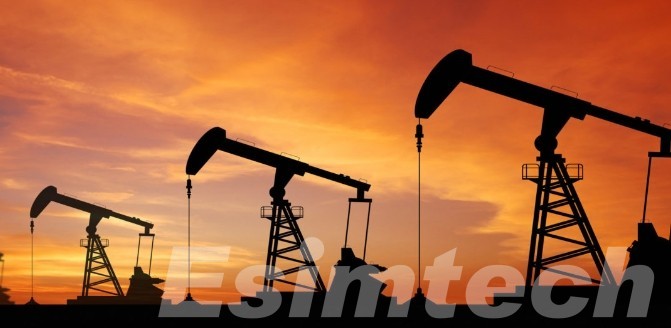
A key difference between dynamic and traditional well control is the emphasis on proactive management. Traditional methods often involve waiting for a pressure anomaly (like a kick) to be detected before taking action, whereas dynamic well control aims to prevent such anomalies from escalating in the first place by continuously maintaining optimal well conditions.
Dynamic well control technology brings together several cutting-edge capabilities:
- Real-Time Monitoring: Advanced sensors located downhole provide continuous updates on wellbore conditions, allowing for immediate detection of any changes in pressure, flow, or mud properties.
- Automated Adjustments: When discrepancies in well conditions are identified, the system can autonomously adjust the parameters, such as altering mud weight or choke settings, to stabilize the well without needing manual intervention.
- Predictive Analysis: By analyzing historical and real-time data, dynamic systems can predict potential well control problems, allowing for preemptive measures to be taken before issues develop.
This shift toward real-time, automated well control not only reduces human error but also allows operators to handle more complex and challenging drilling environments with greater precision.
Recent Technological Advancements in Dynamic Well Control
Dynamic well control has gained significant momentum in recent years, thanks to rapid advancements in technology. These innovations are helping to transform the way the oil and gas industry manages well control, especially in challenging drilling environments like deepwater or high-pressure reservoirs. Let’s explore the four most important recent technological advancements in dynamic well control that are pushing the boundaries of operational safety and efficiency.
Advanced Well Design and Drilling Techniques
- Managed Pressure Drilling (MPD): MPD involves carefully controlling the bottomhole pressure (BHP) to prevent uncontrolled kicks and maintain wellbore stability. By balancing the drilling fluid density and flow rate, operators can create a controlled environment, reducing the risk of wellbore instability and improving overall safety.
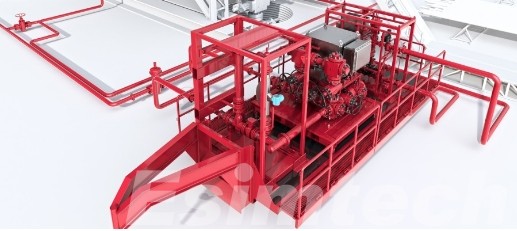
- Underbalanced Drilling: In underbalanced drilling, the drilling fluid pressure is kept below the formation pressure, which can be advantageous in certain geological formations. By reducing the formation pressure gradient, operators can minimize the risk of fluid influx and improve drilling efficiency.
- Dual-Gradient Drilling: This technique involves using two different drilling fluids with varying densities to create a pressure barrier within the wellbore. This can help prevent fluid migration and improve wellbore stability, especially in complex geological formations.
Automated Control Systems

Automated control systems are revolutionizing the way operators manage well control processes. These systems use algorithms to interpret data from sensors and execute control measures with minimal human intervention.
Key Features:
- Real-Time Adjustments: Automated systems can instantly adjust drilling parameters based on real-time data. For example, if the system detects an influx of formation fluids, it can automatically increase mud weight or alter flow rates to maintain wellbore stability.
- Enhanced Reliability: Automation reduces the risk of human error, which can occur during critical situations. By relying on algorithms and programmed responses, the likelihood of incorrect or delayed actions during a well control incident is significantly reduced.
- Remote Operation: Many automated systems can be controlled remotely, allowing experts to oversee operations from offsite locations. This feature is particularly beneficial in harsh environments where onsite presence may be risky.
Impact on Operations: The implementation of automated control systems enhances operational efficiency by reducing the time required for human decision-making. In emergencies, such as a sudden influx of gas, these systems can execute predefined responses in milliseconds, increasing the chances of preventing a blowout.
Machine Learning and Predictive Analytics
The integration of machine learning and predictive analytics into dynamic well control marks a major advancement in drilling safety. By processing large volumes of historical and real-time data, these technologies can anticipate potential well control issues before they arise.
Key Advantages:
- Data-Driven Insights: Machine learning algorithms detect patterns in past drilling data, enabling operators to identify conditions that might lead to kicks or blowouts. These insights support proactive decision-making and management strategies.
- Risk Assessment Models: Advanced predictive models evaluate the probability of various failure scenarios based on real-time well conditions, historical data, and environmental factors. This allows operators to prioritize critical safety measures effectively.
- Continuous Learning: Machine learning systems adapt as they process new data, continuously improving their predictive accuracy. This iterative learning enhances the system’s ability to forecast potential risks and optimize responses over time.
- Operational Impact: With predictive analytics, operators can intervene before problems escalate. For example, if a model detects a rising risk of a kick due to shifting formation pressures, operators can adjust drilling parameters or apply additional safety protocols, significantly lowering the risk of incidents.
Simulation and Modeling Tools
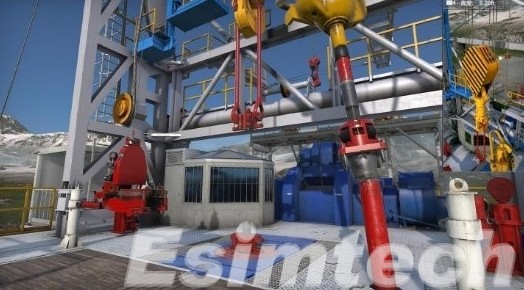
Simulation and modeling tools have become indispensable in modern well control practices. These tools allow operators to create virtual representations of wellbores, drilling operations, and potential scenarios, providing valuable insights into well behavior and risks. By simulating various conditions, such as changes in formation pressure, drilling fluid properties, and wellbore geometry, operators can identify potential challenges and develop effective mitigation strategies.
Advanced simulation software incorporates complex mathematical models and incorporates real-time data from downhole sensors. This enables operators to:
- Predict wellbore behavior: Simulate different drilling scenarios to anticipate potential problems, such as kicks, blowouts, or wellbore instability.
- Optimize drilling parameters: Identify optimal drilling parameters, such as drilling fluid properties, flow rates, and rotary speed, to minimize risks and improve efficiency.
- Evaluate different well control strategies: Test various well control techniques and procedures to determine the most effective approach for specific well conditions.
- Train personnel: Provide a safe and controlled environment for training personnel on well control procedures and emergency response.
By leveraging simulation and modeling tools, operators can make more informed decisions, reduce risks, and improve the overall safety and efficiency of their drilling operations.
All in all, dynamic well control is transforming oil and gas drilling by providing real-time, automated pressure management to prevent incidents before they escalate. Unlike traditional reactive methods, it uses advanced sensors, predictive analytics, and automated systems to enhance safety and efficiency, particularly in complex environments. These innovations reduce human error, improve operational precision, and mark a significant leap forward in drilling safety.
